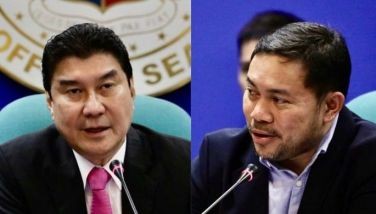Untitled possessor and owner

Applicants for registration of untitled lands or for confirmation of imperfect titles must prove that the land applied for forms part of the alienable and disposable lands of the public domain and that they have been in open, continuous, exclusive and notorious possession and occupation of the same under a bona fide claim of ownership either since time immemorial or at least since June 12, 1945. This is illustrated in this case of Manuel.
The land in question was a residential land with an area of 1,986 square meters originally owned and possessed by Lino and Pablo. Lino sold his share to Alfonso and Ana, the parents of Manuel in April 1917. In June 1920, Pablo likewise sold the remaining part of the land to Manuel’s parents. Thereafter, the ownership and possession were consolidated by the spouses and declared for taxation purposes in the name of Alfonso in 1920. In the cadastral survey conducted on
So on
On June 14, 1996 or about 40 years later, Manuel who was then already 80 years old decided to file an Application for Registration of Title over said property before the Regional Trial Court (RTC). He testified and presented all the documents necessary to prove his right of ownership such as the tax declarations and receipts of tax payments as well as a blue print copy of the survey plan approved by the Bureau of Lands and the technical descriptions duly verified and approved by the Director of Lands. Also submitted was a report of the Lands Management Bureau that the lot is covered by a Free Patent Application of Ana, Manuel’s mother.
The government (Republic of the
No. Under the Regalian doctrine embodied in the Constitution, all lands of the public domain belong to the State, which is the source of any asserted right of ownership of land. Therefore all lands not appearing to be clearly within private ownership and public lands not shown to have been reclassified as alienable agricultural land or alienated to a private person by the State are presumed to belong to the State and to remain part of the alienable public domain.
To prove that the land subject of an application for registration is alienable, the applicant must establish the existence of a positive act of the government such as a presidential proclamation or an executive order; an administrative action; investigation reports of the Bureau of Lands investigators; and a legislative act or a statute. The applicant may also secure a certification from the Government that the land applied for is alienable and disposable.
In the present case, Manuel failed to submit a certification from the proper government agency to prove that the land subject of the registration is indeed alienable or disposable. A certificate from the Environment and Natural Resources Office, which Manuel failed to secure, could have evidenced the alienability of the land involved. So Manuel’s application for the titling of the land he and his predecessors had been possessing since 1920 was disapproved (Republic vs. Munoz, G.R. 151910,
* * *
E-mail at: [email protected]
- Latest
- Trending




























